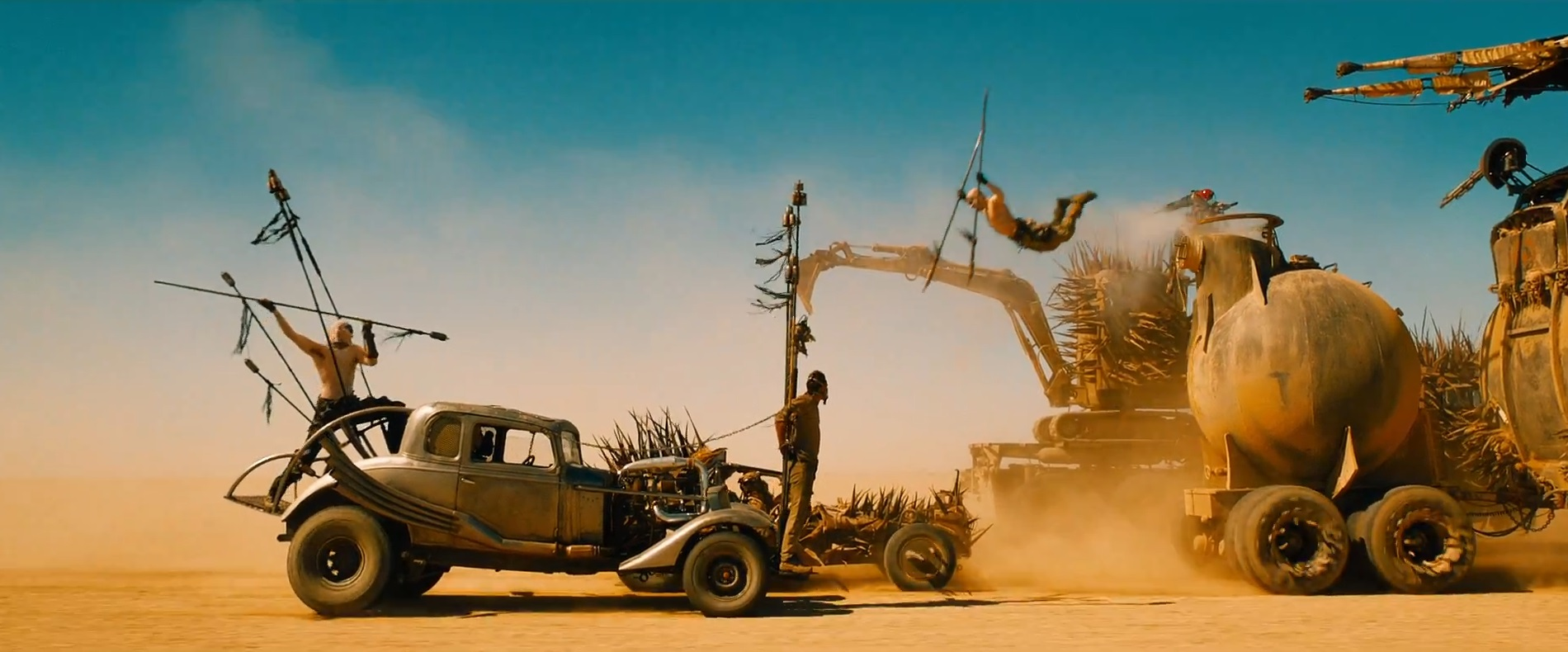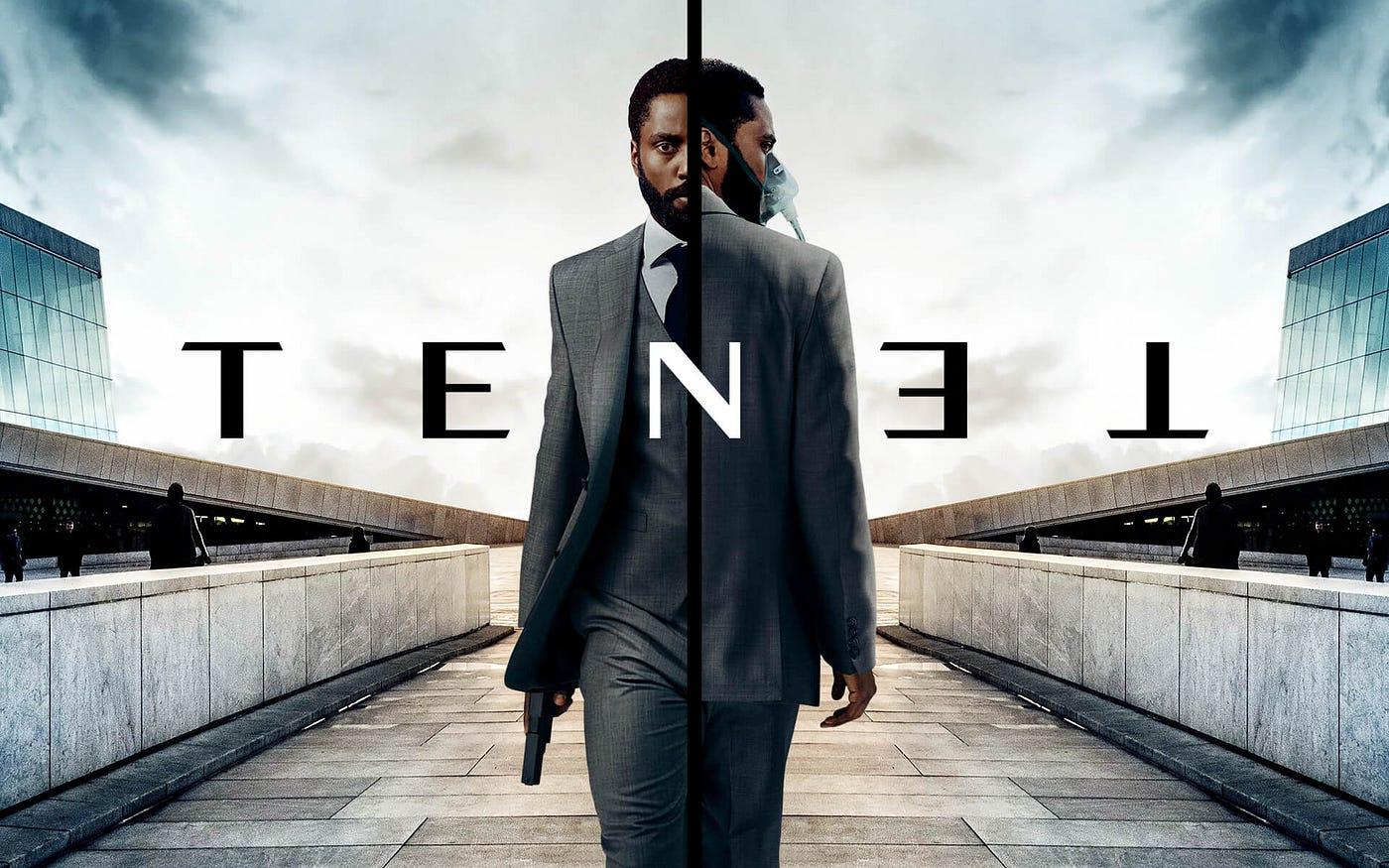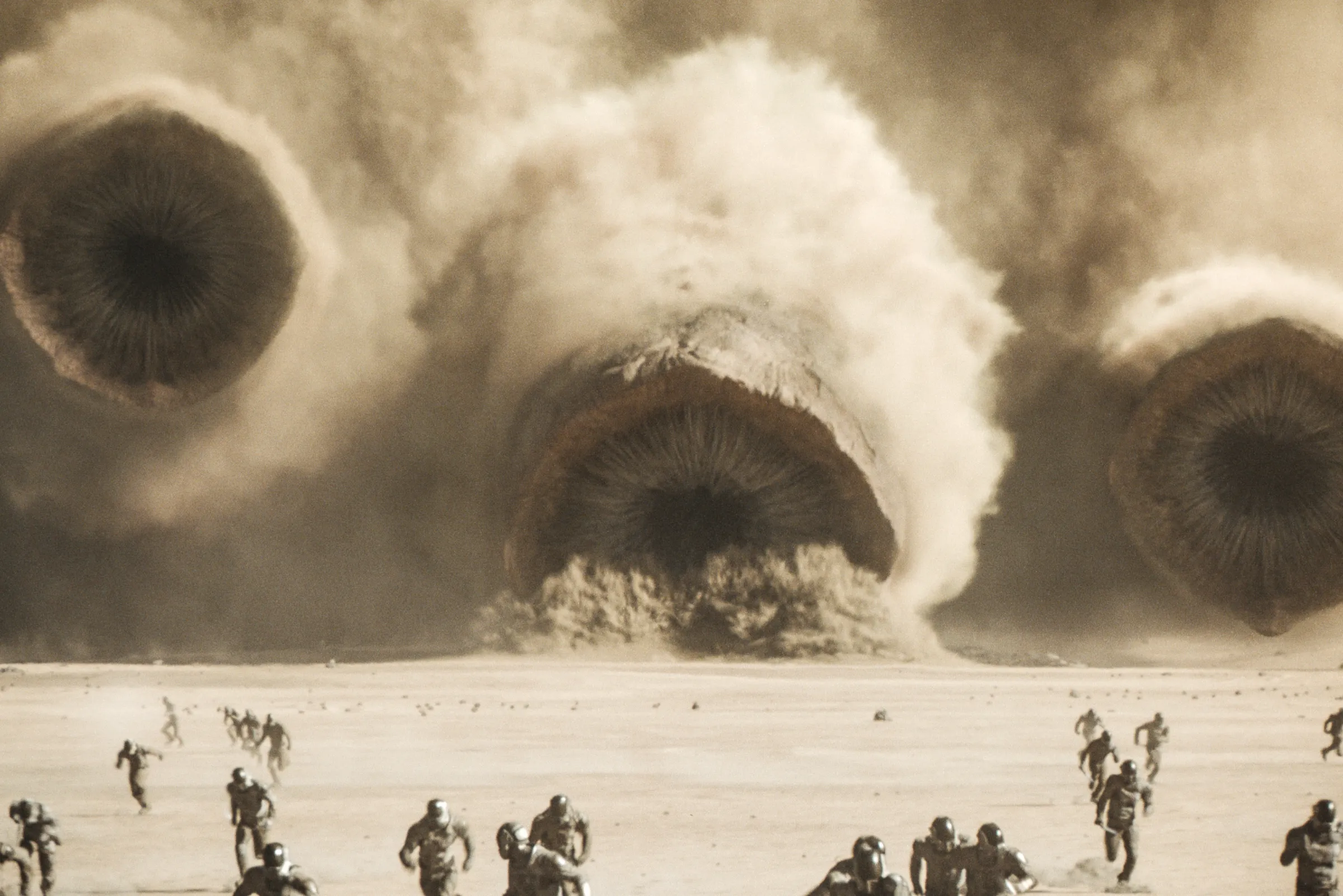VFX, Practical Effects, and AI Effects
The Evolution of Movie Magic: From Practical Effects to AI
From groundbreaking action movies that push the boundaries of stunts and explosions, to mind-bending sci-fi movies that transport us to other worlds, special effects have become an integral part of modern filmmaking. The evolution of video effects and VFX has not only enhanced storytelling capabilities but has also redefined what's possible on screen, creating seamless blends of reality and imagination that continue to captivate audiences worldwide.
The Golden Age of Practical Effects
Practical effects have been revolutionizing cinema since its earliest days. Let's explore their evolution and impact:
| Era | Key Innovations | Notable Examples |
|---|---|---|
| 1920s-1950s | Stop-motion, miniatures, matte paintings | "King Kong" (1933), "The Lost World" (1925) |
| 1960s-1980s | Animatronics, prosthetics, advanced pyrotechnics | "Alien" (1979), "The Thing" (1982) |
| 1990s-Present | Hybrid practical-digital effects, advanced materials | "Inception" (2010), "Mad Max: Fury Road" (2015) |
Modern practical effects encompass:
- Mechanical Effects
- Hydraulic rigs and pneumatic systems
- Weather machines and wind effects
- Mechanical props and animatronics
- Physical Effects
- Pyrotechnics and controlled explosions
- Water effects and rain systems
- Smoke and atmospheric effects
- Makeup & Prosthetics
- Silicon-based prosthetics
- Animatronic masks and suits
- Special effects makeup
As Christopher Nolan explains: "There's something about the physical presence of real effects that can't be replicated digitally. When we built the rotating corridor for Inception, the actors' performances were enhanced by actually experiencing the disorientation of that environment."
The rotating hallway set for "Inception" exemplifies the pinnacle of practical effects engineering:

This commitment to practical effects continues to influence modern filmmaking, creating visceral experiences that resonate deeply with audiences through their authentic, tangible nature.
The Digital Revolution: The Rise of VFX
The evolution of CGI and VFX has transformed modern filmmaking, introducing capabilities that were once unimaginable. Let's explore this transformation in detail:
| Era | Major VFX Innovations | Landmark Films |
|---|---|---|
| 1990s | Basic CGI characters, wire removal | Jurassic Park (1993), Terminator 2 (1991) |
| 2000s | Motion capture, digital environments | Lord of the Rings trilogy, Avatar (2009) |
| 2010s | Photorealistic rendering, real-time VFX | Transformers series, Avengers films |
| 2020s | AI-enhanced VFX, virtual production | The Mandalorian, Dune (2021) |
Modern blockbusters showcase the seamless integration of practical and digital effects. Consider these groundbreaking examples:

"The key is to use CGI to enhance what's real rather than to replace it entirely. When you combine both, that's when movie magic truly happens." - George Miller, Director of Mad Max: Fury Road
Let's examine the distinct advantages of each approach:
Practical Effects Excellence
- Real-World Physics
- Natural object interactions and weight
- Authentic material properties
- Genuine atmospheric effects
- Actor Performance Benefits
- Tangible elements to interact with
- Improved emotional responses
- Better spatial awareness
- Production Advantages
- Immediate results on set
- Often more cost-effective for simple effects
- Superior aging compared to dated CGI
VFX Capabilities
- Technical Achievements
- Photorealistic digital characters
- Complex particle simulations
- Dynamic destruction sequences
- Production Flexibility
- Unlimited revisions in post-production
- Risk-free dangerous sequences
- Weather-independent shooting
- Creative Freedom
- Impossible camera movements
- Fantasy creature creation
- Massive-scale world building
The AI Revolution in Visual Effects
Artificial Intelligence is transforming visual effects, bringing revolutionary changes to how movies are made. Here's a detailed exploration:
1. AI-Powered Character Animation
| Technology | Application | Impact |
|---|---|---|
| Motion Analysis AI | Real-time motion capture | 50-70% reduction in animation time |
| Behavioral Learning | Crowd simulation | Can generate 10,000+ unique character movements |
| Neural Networks | Facial expression mapping | Sub-millimeter accuracy in expression transfer |
"AI has reduced our character animation pipeline from weeks to days, while maintaining unprecedented levels of detail" - John Dykstra, VFX Supervisor
2. Advanced Facial Technologies
- De-aging Capabilities
- Neural rendering for skin texture analysis
- Age-progression modeling with 98% accuracy
- Real-time facial replacement technology
3. Scene Enhancement and Optimization
- Resolution Enhancement
- 8K upscaling from 4K source material
- Real-time noise reduction
- Dynamic range expansion
- Frame Generation
- 240fps conversion from 24fps source
- Motion-aware frame interpolation
- Artifact-free slow motion synthesis
Recent implementations include:
| Movie | AI Technology Used | Achievement |
|---|---|---|
| The Irishman | Deep learning de-aging | 40 years age reduction |
| Gemini Man | Digital human creation | Fully digital young Will Smith |
| Top Gun: Maverick | Neural rendering | High-speed footage enhancement |
Case Studies in Modern Effects
Contrasting Directorial Approaches
| Director | Philosophy | Signature Techniques | Notable Examples |
|---|---|---|---|
| Christopher Nolan | Practical-first approach | In-camera effects, minimal CGI | Tenet's reverse sequences, Inception's rotating hallway |
| Michael Bay | VFX-driven spectacle | Dynamic camera moves, heavy CGI | Transformers' robot transformations, explosive set pieces |

"We try to do everything in camera whenever possible. The audience can tell the difference between something that's real and something that's computer-generated." - Christopher Nolan on Tenet's production
Technical Deep Dive: Tenet's Reverse Sequences
- Practical Effects Used
- Custom-built rigs for reverse movement
- Specially designed props that could function in reverse
- Trained stunt performers for inverse combat scenes
- VFX Enhancement
- Particle system refinement for inverse debris
- Digital clean-up of mechanical rigs
- Time-slice camera effects for temporal pincer movements
Transformers' Revolutionary VFX Pipeline
The Future: Hybrid Approach
Modern filmmaking is evolving towards a sophisticated blend of techniques:
| Effect Type | Primary Use Cases | Future Development |
|---|---|---|
| Practical Effects | Core action, real environments | Advanced materials, robotics integration |
| VFX | Impossible shots, enhancements | Real-time rendering, virtual production |
| AI Tools | Automation, optimization | Neural rendering, automated cleanup |
Impact on Contemporary Sci-Fi
Dune (2021) exemplifies this hybrid approach:
- Practical Elements
- Real desert locations in Jordan and UAE
- Full-scale ornithopter cockpits
- Practical sand effects and explosions
- Digital Enhancements
- IMAX-optimized CGI landscapes
- Neural network-powered sand simulation
- Advanced creature animation systems
"The future of effects lies not in choosing between practical or digital, but in finding innovative ways to combine them." - Denis Villeneuve on Dune

Challenges and Considerations
Despite technological advances, filmmakers face several challenges:
- Balancing cost with creative vision
- Maintaining artistic authenticity in a digital age
- Managing audience expectations
- Keeping up with rapidly evolving technology
Best Practices for Modern Filmmaking
Today's most successful films often follow these principles:
- Use practical effects when possible for core action
- Employ VFX to enhance rather than replace practical effects
- Utilize AI tools to streamline production and reduce costs
- Focus on storytelling over spectacle
Conclusion
The landscape of movie effects continues to evolve, with each new technology adding to the filmmaker's toolkit rather than replacing existing techniques. The most successful directors understand that the key lies not in choosing between practical effects, VFX, or AI, but in knowing when and how to use each tool effectively to serve the story.
As we look to the future, the combination of practical effects, VFX, and AI promises to create even more spectacular and immersive cinematic experiences, while potentially making high-quality visual effects more accessible to filmmakers at all budget levels.